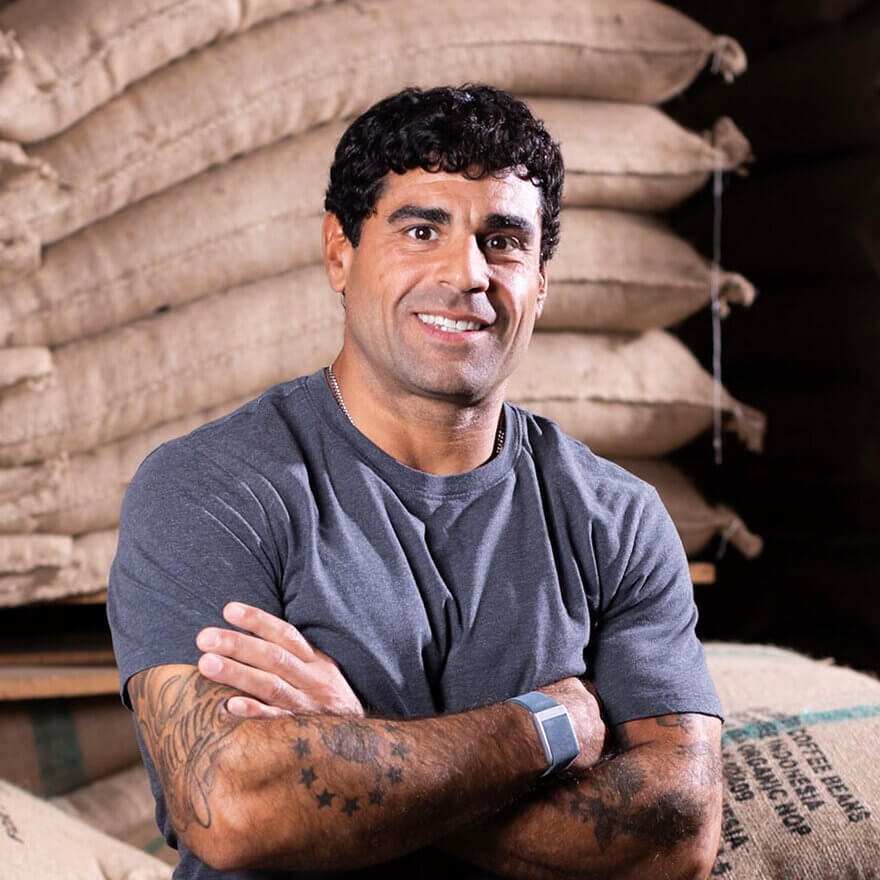Coffee roasting is a complex process. Every decision made along the way influences the final flavor. Roasters must monitor many parameters such as airflow, applied heat, and roast time. But did you know that what’s happening outside your machine can also impact your roast profile? You have to consider external factors, like environment and weather, as these can affect your entire coffee roasting process. Mike Romagnino explains how to adjust your roast to ensure every batch meets quality expectations, regardless of the season!
Environmental Conditions and Coffee Roasting
Weather can create instability in non-controlled environments. Fluctuations in environmental conditions are unavoidable. However, neglecting these changes can negatively affect the outcome of your roast. Changes in weather and atmospheric pressure can affect your roast profile. Atmospheric conditions can generate lower or higher negative pressure inside the roasting chamber. Plus, pressure inside the roaster changes with the weather—negative pressure is higher during warm days and lower on cold ones.
Adjusting Your Coffee Roasting Process
It’s important to work with your environmental conditions instead of against them. By making slight adjustments, you can prevent external factors from negatively affecting your roast. We’ve broken down how to troubleshoot your roast in specific environments:
Hot Temperatures
1. Use a lower charge temperature.
2. Apply a lower percentage of heat throughout the roast.
3. Cool coffee in the tray for a longer period of time.
Cold Temperatures
1. Start with a higher charge temperature.
2. Apply heat earlier than you usually would.
3. Throughout the roast, apply a higher percentage of heat.
4. Monitor your gas pressure.
Humid Conditions
Humid air transfers heat less efficiently than dry air, resulting in a slower roast time. When the air is humid, coffee beans absorb more moisture from the environment, and this can further slow down the roasting process. We recommended doing the following:
1. Utilize a higher charge temperature.
2. Apply a higher percentage of heat throughout the roast.
3. Extend the duration of the roast.
Negative Atmospheric Pressure
When there is negative atmospheric pressure, it pulls smoke, ash, and chaff away from coffee and into the chaff cyclone. Negative pressure ensures a constant flow of air through the coffee, which helps maintain best characteristics.
Final Thoughts on Coffee Roasting & External Factors
You should always be prepared to adjust your process based on your roasting conditions. If you understand how the weather and your roasting environment can affect the outcome of your roast, you will be able to keep your coffee consistent and quality standards high. As always, reach out if you have any questions about how to adjust your roast to work with your environment.









